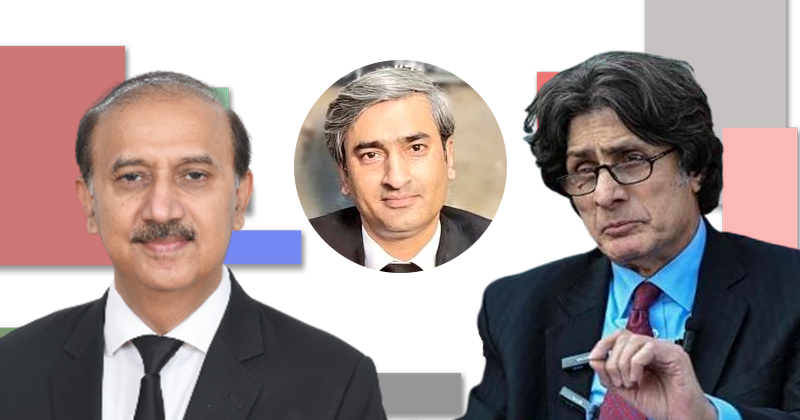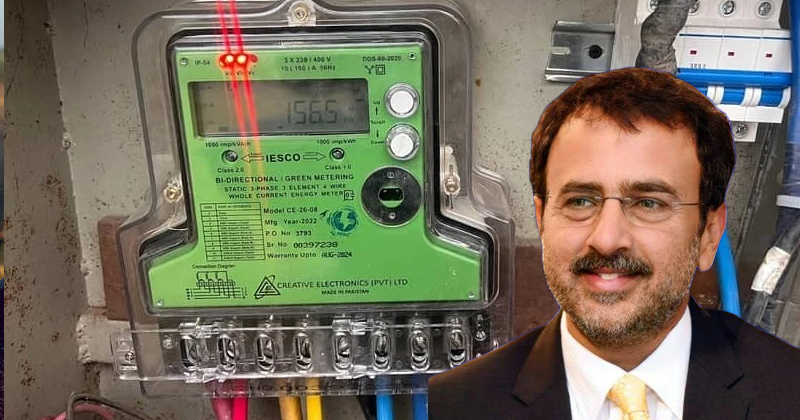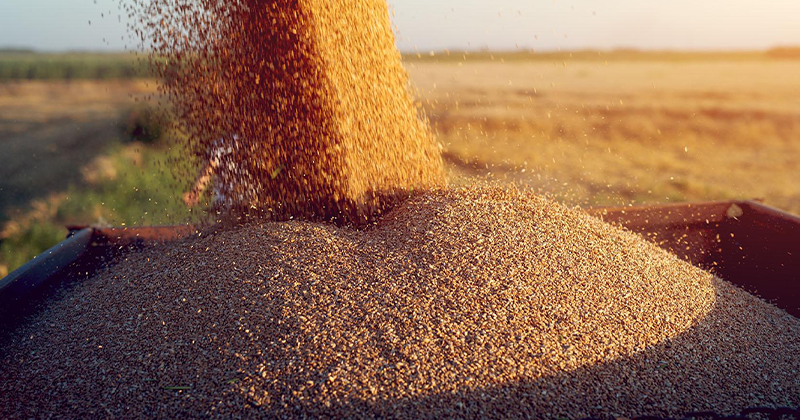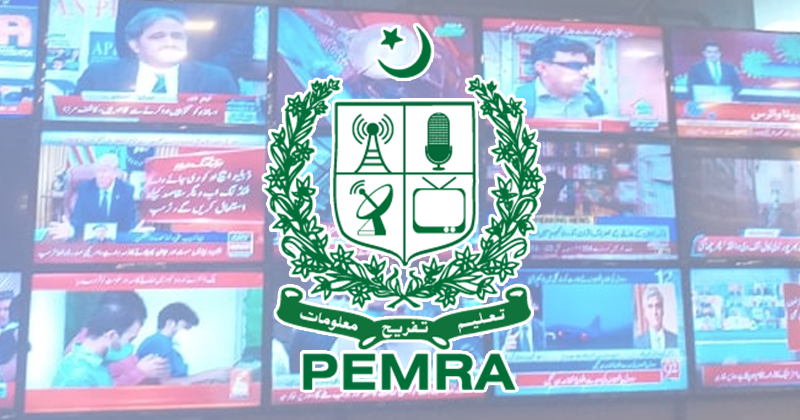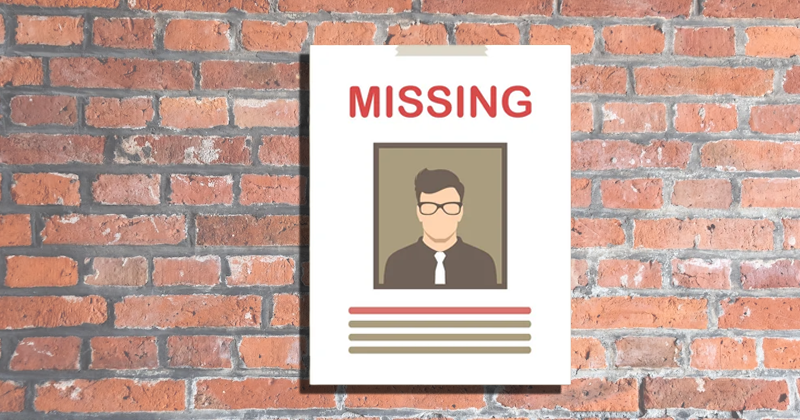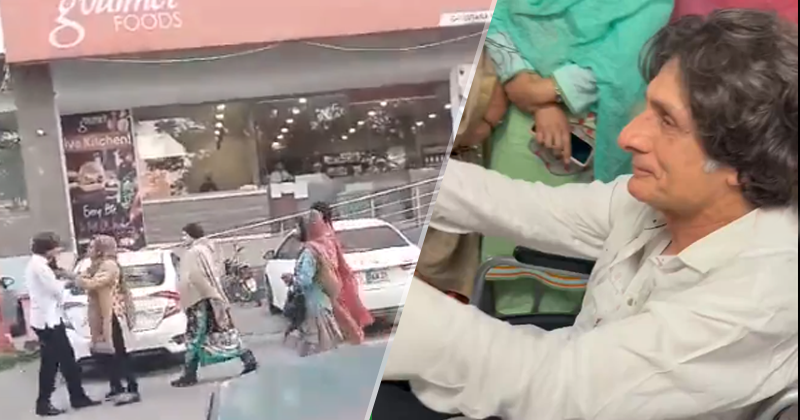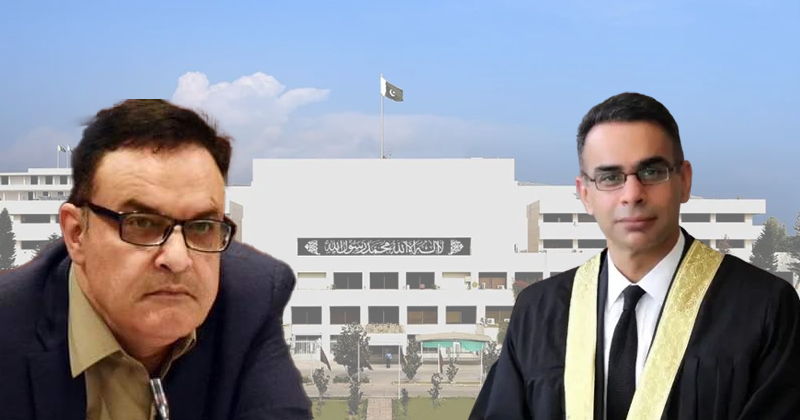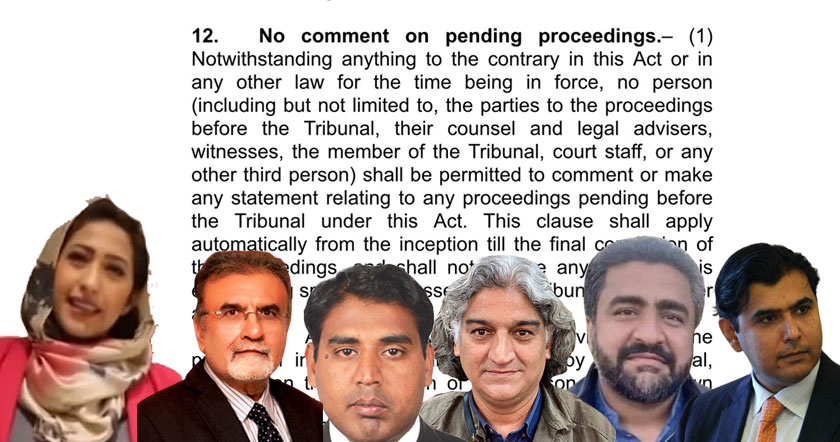
PESHAWAR: People in Peshawar keep dumping garbage and refuse in irrigation canals passing through the city without any remorse as the World Water Day was observed across the world.
We are left with no other alternative but to dump all the garbage into (irrigation) canals, said a 22-year-old university student, Muhammad Nadeem, emptying his trash in the canal passing through the Gulshan Colony in Gulbahar.
We have been doing this for the past eight years ever since we moved to this area, he said.
I know what I am doing is a crime but you show me a designated garbage dumping spot on this road within three kilometers in any direction, the young man said.
Criticising the Water and Sanitation Services Peshawar (WSSP), the entity tasked with water supply, sanitation and solid waste management services in the city, he said that the last time he saw their vehicles in the vicinity was when WSSP staff collected offals on the second day of Eidul Adha.
Pipelines carrying sewage of residential areas along the Canals also empty into these canals.
Irrigation department officials stated that they bore the cost of the garbage dumped into the canals.
Our maintenance and de-silting cost has increased because of this and the water quality has also been affected, said an executive engineer of the K-P Irrigation Department requesting anonymity.
Unless we give alternative to the people, we cannot expect them to stop throwing trash into canals passing close to their houses, he said, adding that a commission formed by the Peshawar High Court was working on this issue in consultation with various stakeholders.
We can understand why an uneducated man in a slum areas resorts to dumping trash in canals but what we do not understand is why educated people do the same thing, he said stressing on need of proper facilities of garbage dumping provided to residents close to their homes and awareness campaign.
The WSSP General Manager operations Ali Khan told The Express Tribune that the irrigation department was responsible for removing sewage lines flowing into the canals.
Referring to the WSSPs responsibilities, he said that it was responsible for laying sewage lines, adding that although the canals were decades old, the WSSP was just two years old.
Replacing the infrastructure needs huge investment and intricate planning All this cannot be revamped in just two years.
Source























